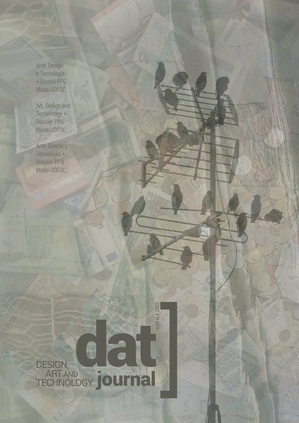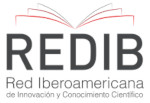Inclusive fashion in the digital age
transformative potential and contradictions of diversitywashing
DOI:
https://doi.org/10.29147/datjournal.v10i1.969Keywords:
Cyberculture, Diversity, Inclusive fashion, DiversitywashingAbstract
This article investigates practices and narratives emerging from the digital platform Brasil Immersive Fashion Week (BRIFW) through bodily aesthetics that address diversity and inclusion in fashion via digital technologies. To this end, the study explores concepts of cyberculture, collective intelligence, remix culture, the metaverse, and diversity in fashion based on Lemos (2006), Lévy (2003), Hall (2016), among others. BRIFW is presented as a critical and creative platform that uses technologies such as augmented reality, digital avatars, and artificial intelligence to transform Brazilian and Latin American aesthetic narratives, particularly through inclusive initiatives such as the representation of non-hegemonic bodies and minority groups. However, the text also critiques diversitywashing practices, in which brands use inclusion discourses as a marketing strategy disconnected from concrete actions. The methodology adopts a descriptive and qualitative analysis, focusing on the interpretation of images and artistic practices, highlighting productions by designers such as Lilli Kessler and Annaiss Yucra. It concludes that, while events like BRIFW promote symbolic advancements, real inclusion requires structural changes in the fashion industry, with consistent practices of equity and representation.
Downloads
Downloads
Published
How to Cite
Issue
Section
License
Copyright (c) 2025 DAT Journal

This work is licensed under a Creative Commons Attribution 4.0 International License.


























